There are many parts of the world that are full of history. Europe is a popular place where people travel to experience a new part of the world. The Roman Empire is widely studied in high school. It was definitely a fan favorite. Due to its rich history, there is much to learn, and the empire ruled for over a century. So let's dive in and learn about this empire and how it was able to stand until it ends around 476 AD.
Before the Empire
The Roman Republic
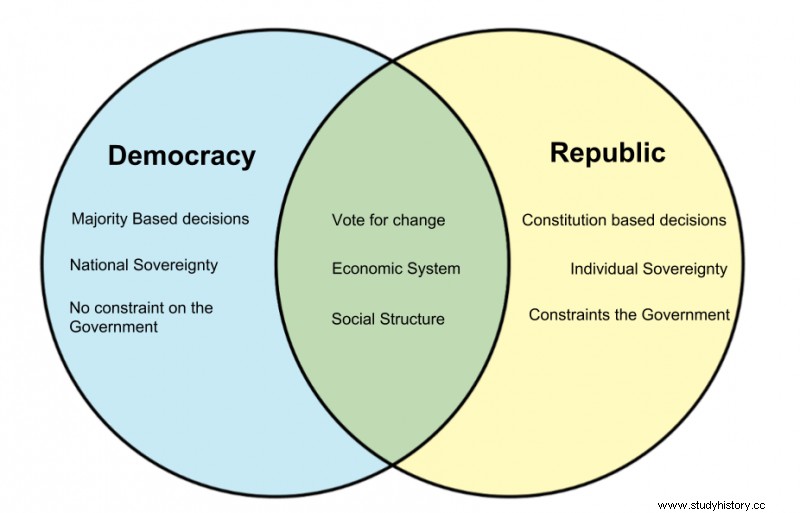
Rome was a city-state in Italy that was able to stand for years. Before the Roman Empire was an empire, it ruled as a republic. It went from 509 BCE to 27 BCE. After the Etruscan king was no longer in power in 509 BC. the Roman people came together to secure the future of the empire. In the beginning, it was a representative democracy.
For many years Rome was able to stand with the people who ran it. By humans I mean the rich. This was the basis of government in many parts of the world. This is the first and best example of a democracy. Though, a republic is a little different than a democracy. I have included a diagram to better understand the differences between the two. It's easy to see why the two might get confused.
The shift from republic to empire
Since the republic was designed to have those who had wealth, had power.
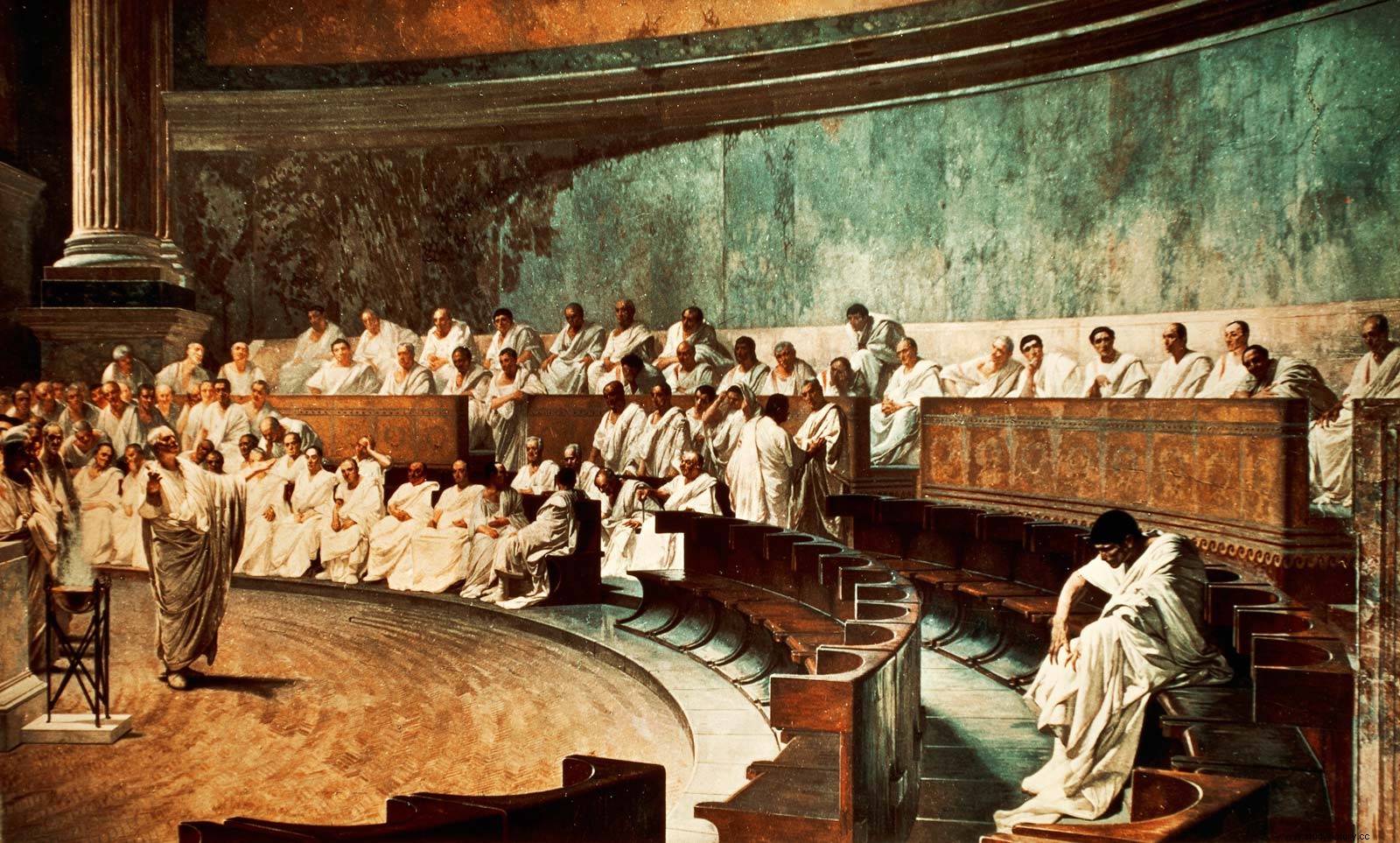
Not until the people of the underclass fought to get this change and hold government positions. It was not until 200 years later. The Senate was the only department that elected the region. This could only last for 15 years before the lower classes fought for change. Who created "The Council of the Plebs". "Plebs" are the people who were in the underclass. This is how they participate in government.
These two governments functioned for centuries, but as a region grows, changes must be made. This was the downfall of the republic. Families wanted power and the people wanted to keep it. Because of this urge for strength between wealth and others, civil wars began. Many tried to seize power by taking down those in control.
After the shift
Julius Caesar:he came, he saw, he conquered
When it comes to Julius Caesar's story, it has favored him. In the sense that he is an interesting figure. He was born as Rome expanded its rule and grew up in a time of unrest. For most of his adult life, Caesar held government positions that gave him support and gave him the opportunity to become a leader in Rome. Although 48 BCE it was the period when he fled and became involved with Queen Cleopatra of Egypt. It became a story to be retold over the centuries, since it was a scandal at the time.
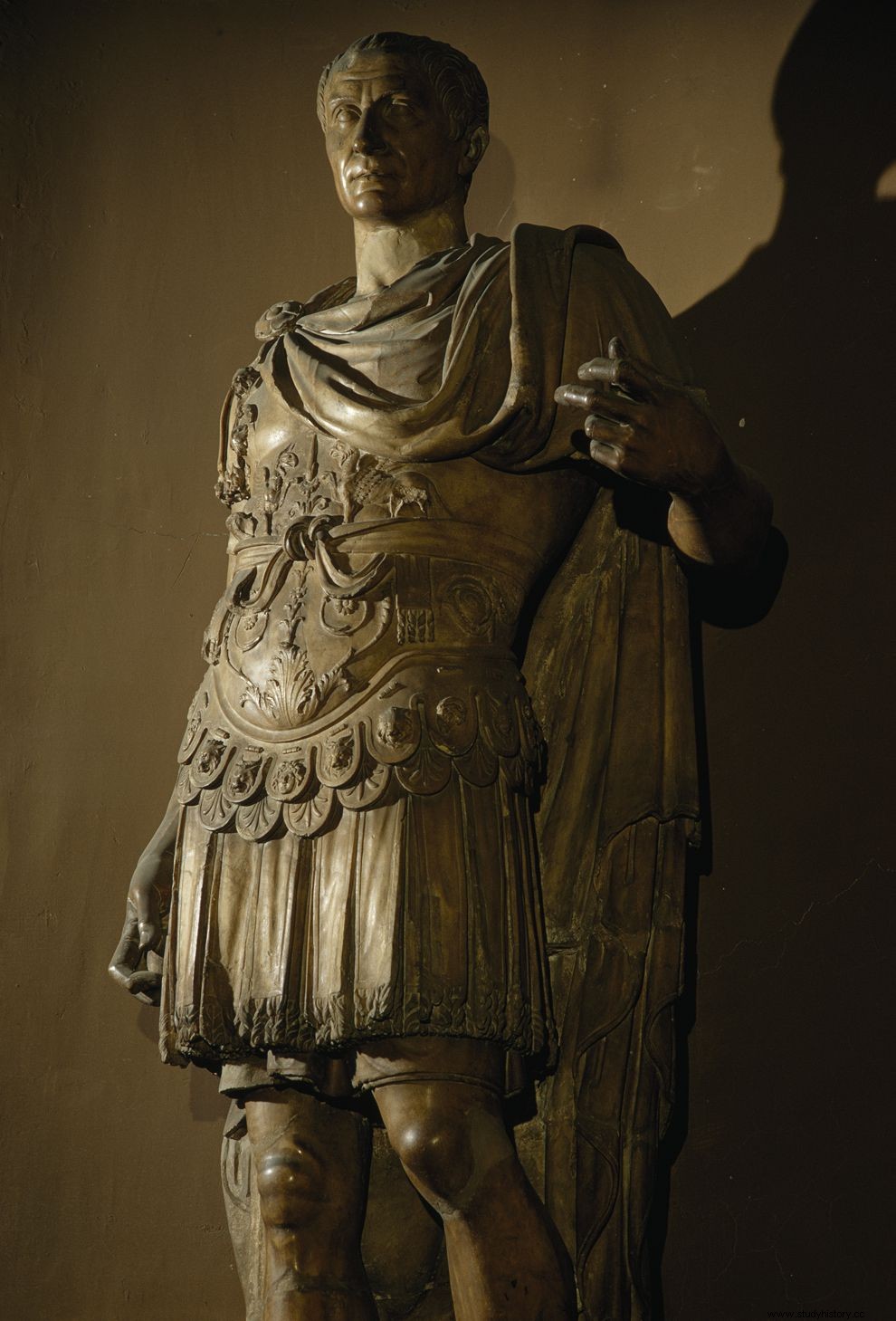
After fighting a war in North Africa (and winning), even a few years after spending time with Cleopatra, was back in Rome. He was still on the verge of destroying the enemies he had made in life. He came from Africa, the Middle East and even Spain. In 44 BC, Caesar took it upon himself to declare himself "Dictator of Rome". This angered senators in Rome, rightly. For several years before Julius, Rome was successful. This anger of the senators became too much. , stabbed by the senators when they managed to hide the knives under their cloaks.
Augustus Caesar:The first emperor of the Roman Empire
After the death of Julius Caesar, this paved the way for Octavian, or Augustus, to become the next ruler. Augustus actually got many names, but depending on the years in question, it is the name he is referred to.
The other triumvirates
After Julius died in 44 BCE, Octavian (in the period 44-27 BCE) had close ties with Mark Antony and Marcus Aemilius Lepidus. These three came together and formed "The other triumvirates". A triumvirate is a form of government in which three people have the highest political power. They made sure to get rid of people who supported the assassination of Julius and any threats to their power. This form of government did not last long.The first time it was used with Julius obviously did not work either.There was a lot of jealousy and disagreement.Because of this, in 31 BCE, Octavian became the first ruler of Rome.
The Golden Age
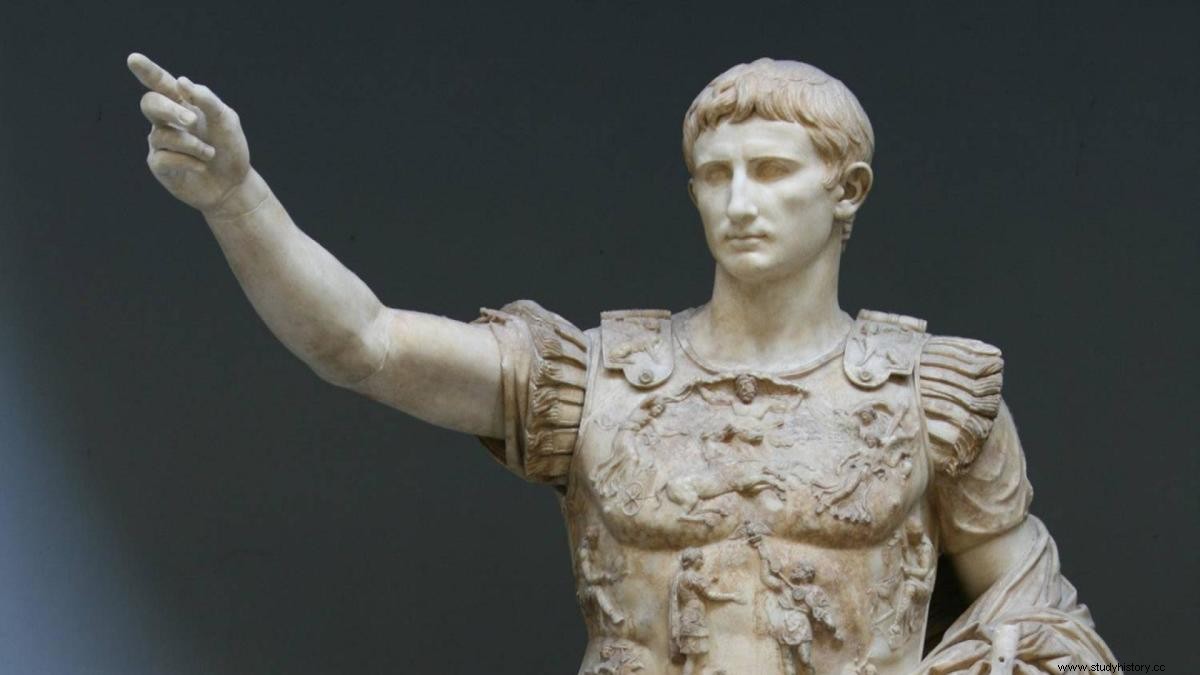
Everyone has heard of the Roman Golden Age or "Pax Romana", it is the pinnacle of the Roman Empire. The economy, agriculture and art were at their peak. It was also reported that 82 temples were built in one year. Octavian also had a hand in the saying " all roads lead to Rome. "During his reign he was able to widen the roads in Rome. In 6 AD there was a police force and the empire itself had grown even more. There were no longer any civil wars and because of this peace in Rome and expansion could trade, during which time the author Virgil published the epic poem "Aeneid", which followed Aeneas, after the fall of Troy.
The Golden Age lasted for two centuries, and Augustus was able to rule for about 45 years until he died in 14 ACD. After his death, his successor, Tiberius, became the next emperor to be different from his father.
Tiberius
Tiberius was the adopted son of Augustus. After ascending the throne in 14 AD, Tiberius had large shoes to fill. It was the first government of anyone to do what Augustus had created. The change was difficult because this had never been done before. The transfer was uncomfortable and debatable. This was not Tiberius' first. Only people who do not like to be the first person to do something. Me included.
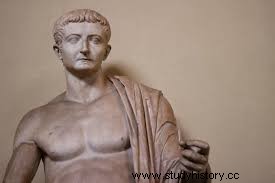
Augustus had been a favorite of the people and the Senate. Leaves hard shoes to fill. Tiberius was not a favorite among them. Although he really tried to be. It's like living in the shadow of an older sibling and knowing you'll never be them. Augustus was at this time the only example of an emperor and did a good job of expanding and governing the growing empire. Because of this, Tiberius tried his best to become like his father, but this did not work. He was able to fulfill his duties as emperor of Rome. He was able to complete the first succession to the throne and the handle of duty that came with being a ruler.
Notorious Emperor Nero
While there have been wonderful emperors who have ruled Rome, there have also been some not so good rulers. Nero is one of the not so great. His reign began at the age of 17 in 54 AD. Since he was so young and in a position of power, his mother helped a lot. She was even in the Roman currency with Nero.
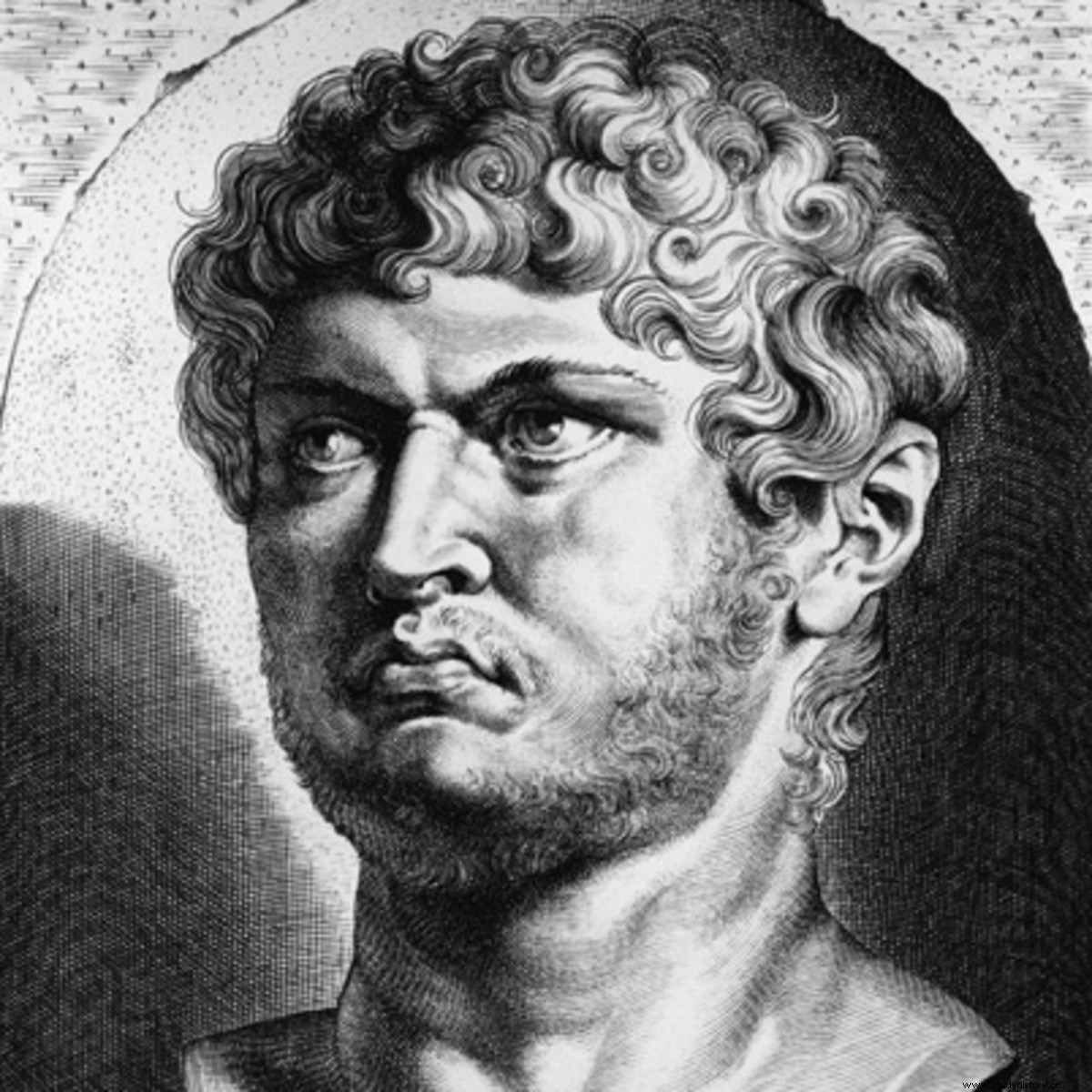
This was until 55 AD. they were no longer on good terms, and she was not on the coin (very short-lived). Not only was she taken from the coin, but Nero had her killed. He had thought she wanted to kill him, which is why he killed her first. The senators who worked with Nero supported his mother's death at Nero's command. They also thought that his mother had planned to kill him.
Nero's first wife, Octavia, also died because of Nero. From this marriage there was no heir, and because of this the marriage was not happy. While still under the control of his mother, he first sent Octavia into exile. Only later did he kill her for cheating. Octavia's decapitated head became a gift to Nero's (future) second wife, Poppaea Sabina.
The great fire in Rome
Not only was there bloodshed under Nero's rule, but most of Rome was facing a devastating fire. July 18, 64 AD started the fire and tore through Rome in six full days. History has blamed Nero for the fire, although there are no direct sources for the fire. Everything has been inherited. Many stories about the fire are also different, which makes it very difficult to understand what had happened.
At the time of the fire, Nero had reportedly been away from Rome. Although it was a struggle to put out the fire because people wanted to take advantage of the chaos and loot from shops and other people, to do this, they said that people contributed to the fire. Taticus, who was present during the great fire, wrote about it 60 years later. It is believed that he made people burn down the city so that he could recreate it to his liking. Before the fire, the Senate rejected Nero's idea of striking down a third of Rome and renaming it "Neropolis".
This gave him grounds to start the fire, as it was tragic for the city of Rome. Nero was able to reconstruct the city to his liking. The new "Golden Palace" hid the ashes of the city. Although there is evidence against Nero, all of this may be coincidence. Nero reportedly tried to take the blame and blame the Christians. They thought the city was evil, so Nero tried to make it seem as if Christians wanted to cleanse Rome.
The cause of the fire is still a mystery. Whether the great fire in Rome had been a plan for Nero to recreate Rome in its image or a purge of evil from the Christians, it still happened. Maybe it's better to leave a mystery.
Fall of the Roman Empire
A country divided
As we have seen, Rome was constantly growing and expanding its borders. At one point, the Roman Empire became too large for one person to rule. Because of this, it split in two. There were eastern and western empires as in 258 AD. When Diocletian became emperor years later in 284 AD. the western Roman Empire was unstable and Diocletian was able to give it some stable ground under his rule. Even though it was not able to stand much longer after him.
Diocletian had a system of four emperors, and with him this could succeed, but after his death the others began to fight. Eventually, the Western Empire had collapsed. This led to the rise of Constantine and the Byzantine Empire, which was able to stand much further than the west.
The Rise of Constantine and the Eastern Empire
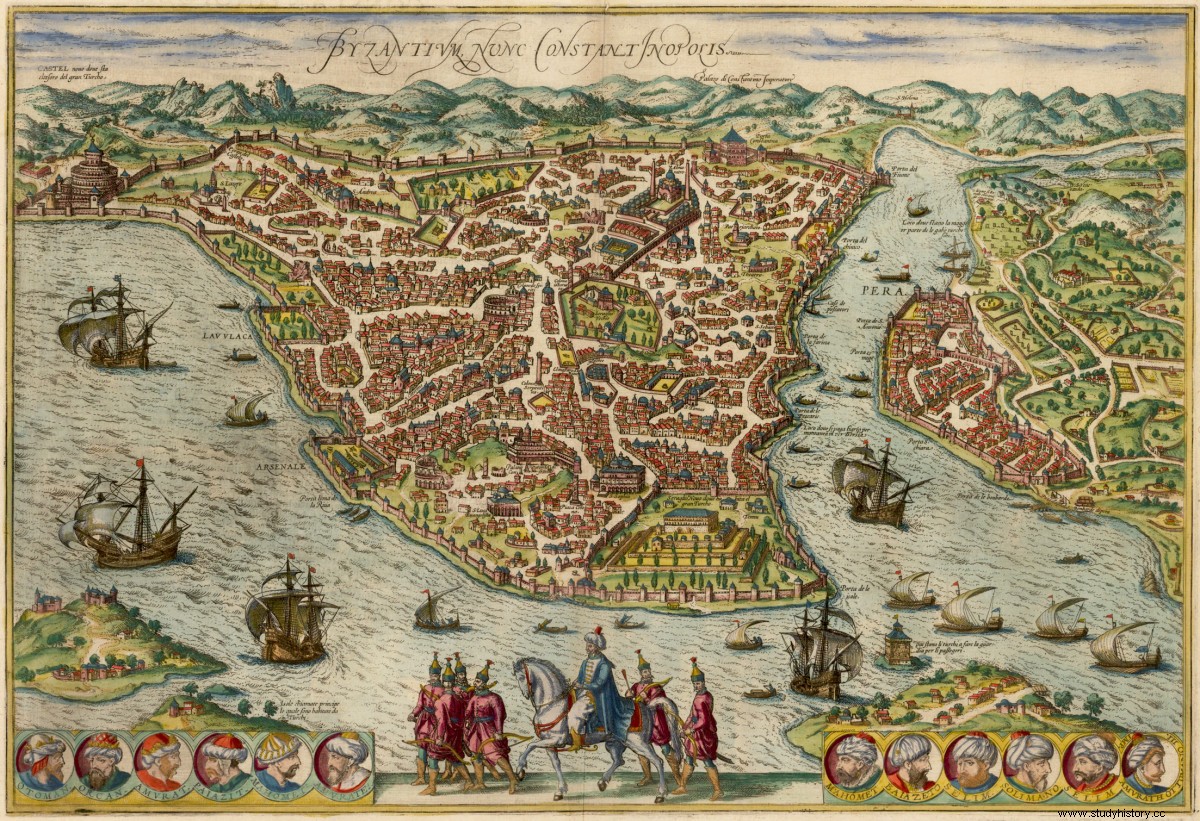
In 306 AD Constantine became emperor of the Eastern Empire and then became a member of Christianity. I 324 AD he created the city "Constantinople". Constantinople ended up becoming the new capital of the empire, and it was able to thrive. Unlike the Western Empire, it was able to survive for many centuries after. Although it became the Byzantine Empire. The location made it a great place for trade, which contributed greatly to its success.
The end of an era
Because of the trading post in Byzantium, the people could see many cultures. Similar to an American crucible. But the fact that this was a great place for trade made others want it too. Trade was a major cause of war in the past. And this is the exact reason why the Roman Empire no longer exists today. At school, students learn about how many countries wanted the U.S. area for trade routes. This is the same all over the world. Although the Eastern Empire managed to survive the Holy Wars, the last of the Roman Empire fell in 1453. The Ottomans took over Constantinople, marking the end of a very long era.
